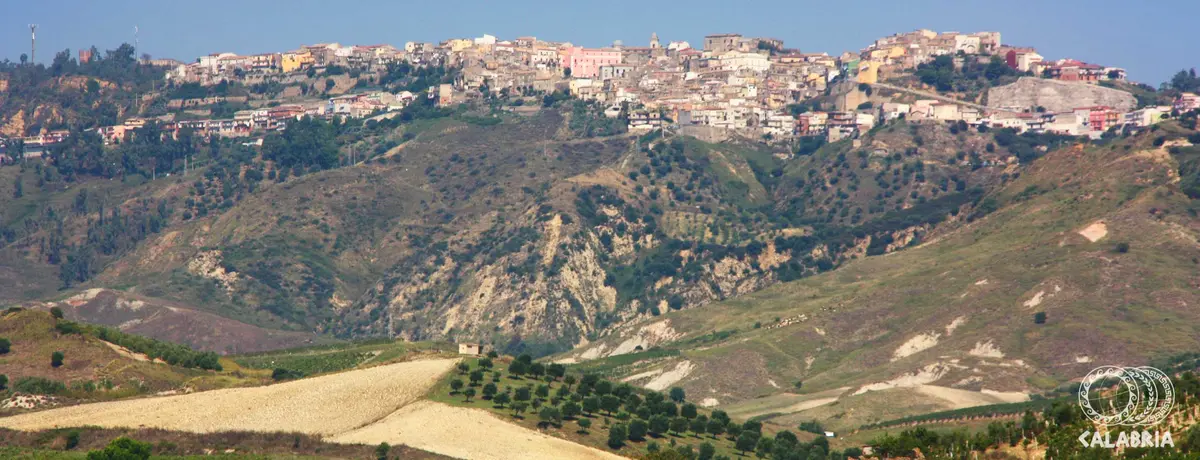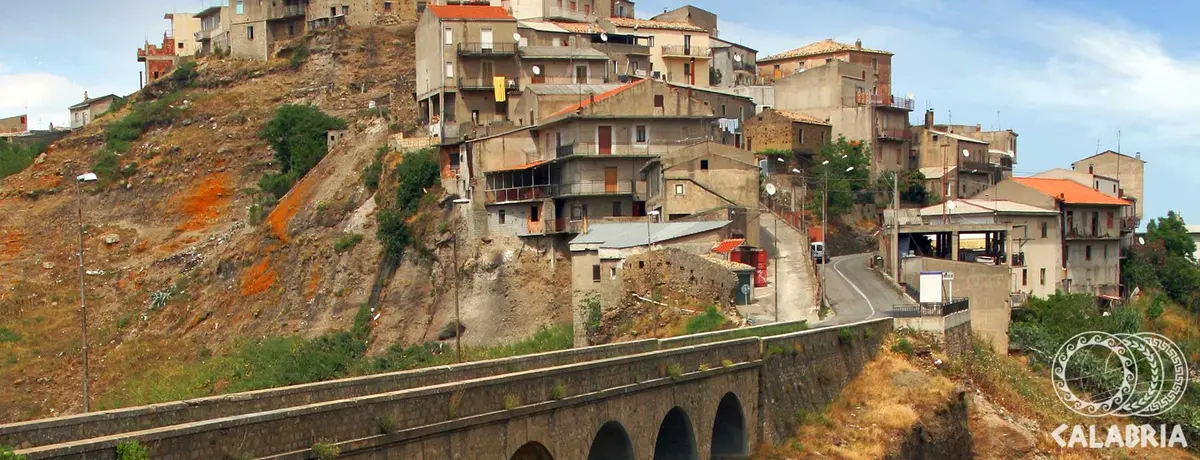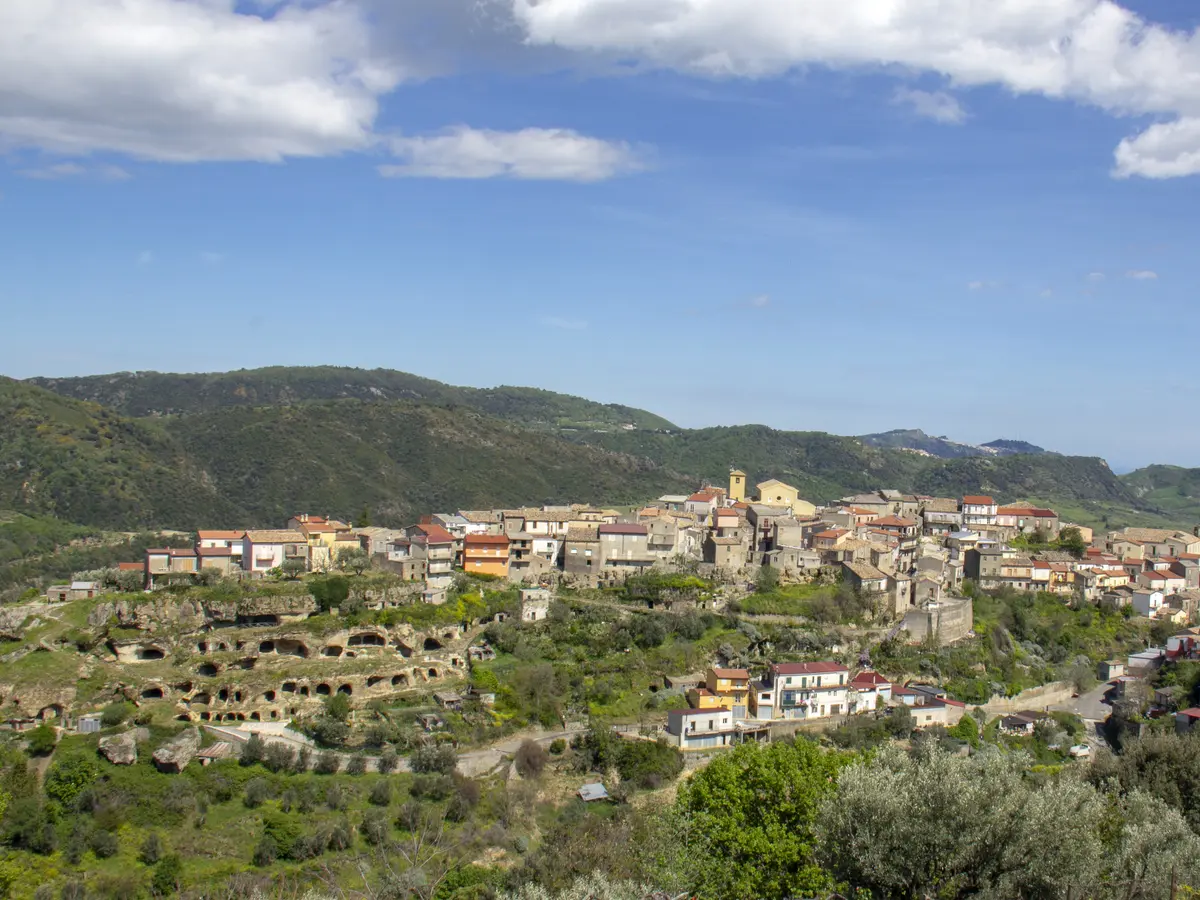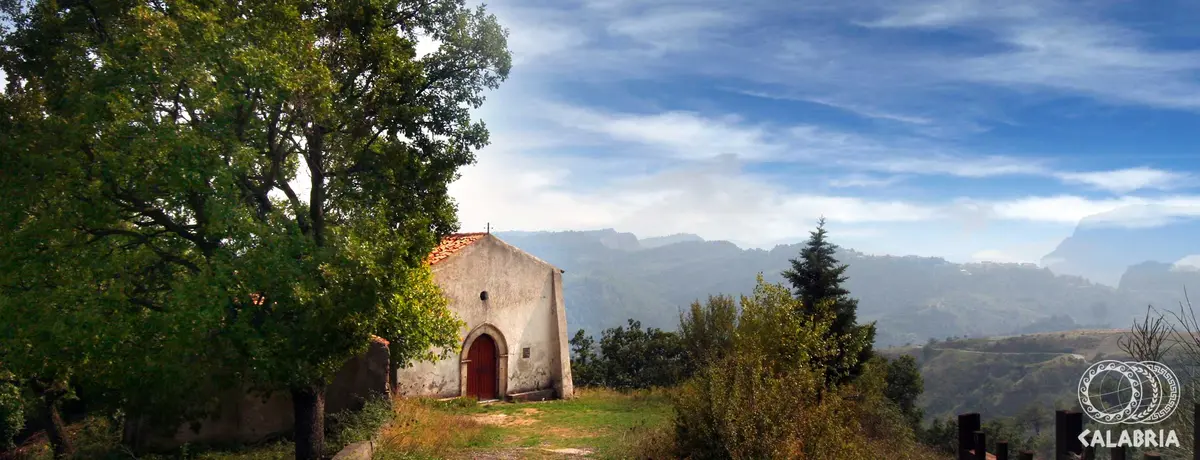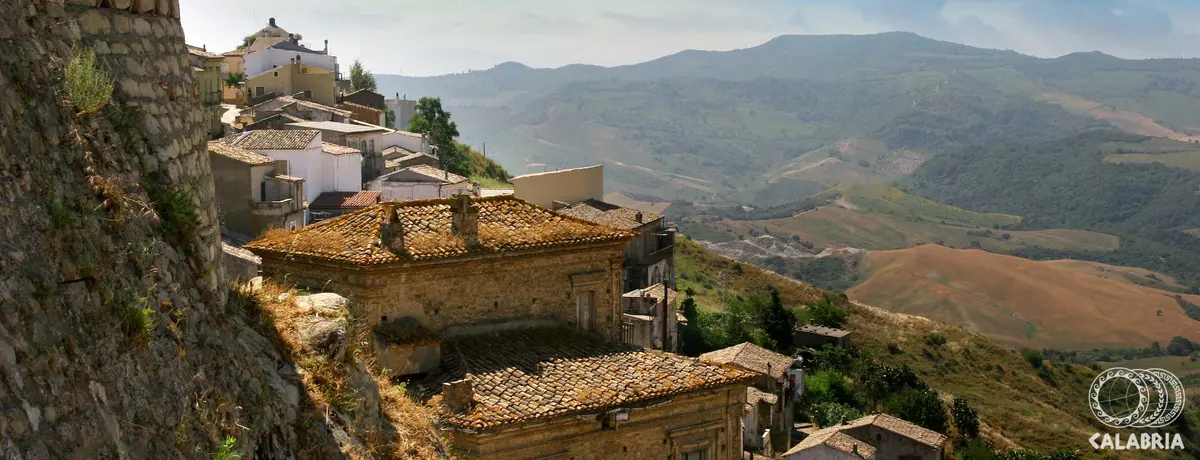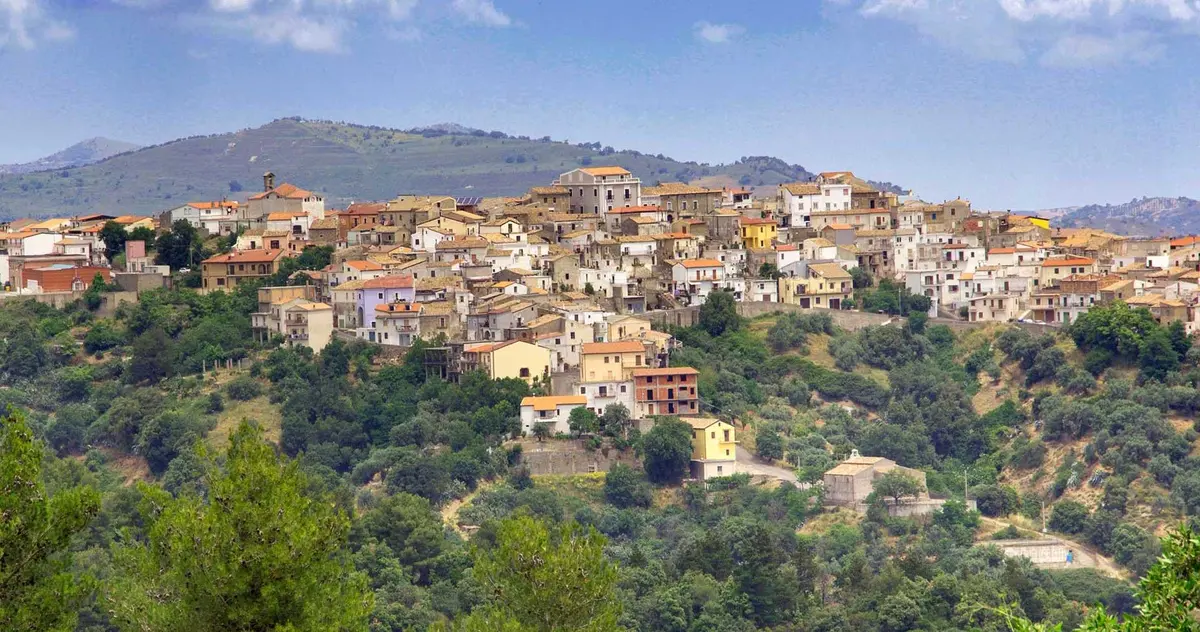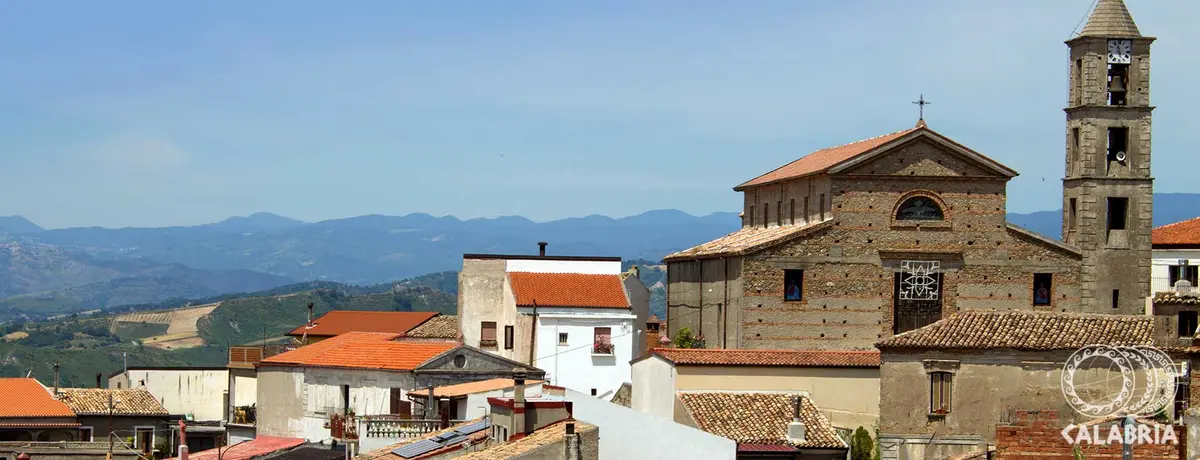Strongoli
Strongoli, a ‘’gourmet‘’ village overlooking the Ionian Sea

Sea
Regione Calabria
Strongoli is a beautiful seaside resort, Strongoli Marina, along the Costa dei Saraceni in the province of Crotone.
This seaside town, which boasts a historic centre of considerable monumental value, is also home to a famous Michelin-starred restaurant (1 Michelin Star), which is among the 7 starred restaurants in Calabria and is a tasty way to discover the history and identity of the area.
Just a few kilometres from the Marina di Strongoli, the town is located on the top of a panoramic hill, in a very agriculturally productive area, devoted to the cultivation of vines and olive trees in the Val di Neto, of which the town itself is a stage along the cycle-pedestrian path of the same name. Because of its strategic position, Strongoli is a typical ‘’terrace on the sea‘’ of very ancient origins: it is said to have been the ancient Petelia founded by the Trojans, home of the hero Philoctetes. Reaching the top of the hill, the ruins of the ancient fortress of Strongylòn (from the Greek, ‘round’) tell us the Byzantine history of the village, which was fortified against Saracen raids and later became the seat of the diocese, as can be seen from the 16th-century Bishop's Palace. Strongoli Castle, dating from the Justinian era, was restored by King Joachim Murat after the 1783 earthquake. Other sacred buildings to visit include the Cathedral of Saints Peter and Paul, rich in paintings, frescoes, furnishings and epigraphs of great value; the Church of Santa Maria delle Grazie (14th century), equally rich in works of art, and the Shrine of the Madonna di Vergadoro, in a panoramic position overlooking the sea.
In Strongoli Marina, archaeology enthusiasts can admire the so-called ‘’Tesauro Stone‘’, one of the five Roman mausoleums in Calabria (at Santi Quaranta) that tradition identifies as the tomb of Consul Claudius Marcellus, and the Limena Tower, part of the efficient system of coastal towers put in place by Charles V against Saracen incursions.
Useful information
What to know about Strongoli
Where to Sleep
There are 2 available accommodations.
Places
There are 1 places to visit.
Travel Ideas
There are 6 travel ideas.
Infopoint Strongoli
Via Vigna del Principe, Strongoli
No result
